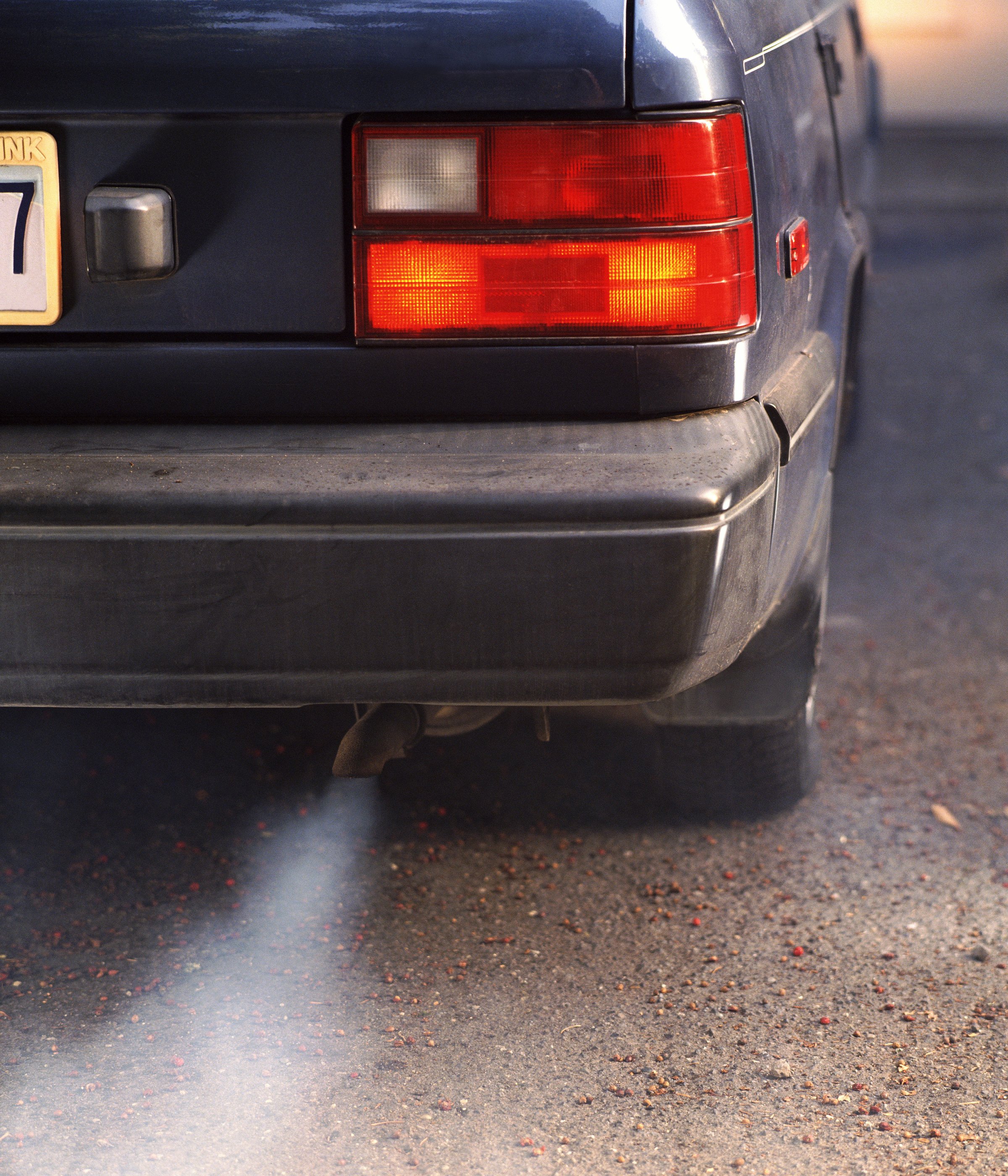
Research has long connected what a mom-to-be eats and drinks to the health of her baby, and recent studies have even linked behavioral experiences such as stress, sleep and mood to the growing fetus’s development.
Now, scientists reporting in the journal PLOS ONE have pinpointed one exposure that could contribute to a baby’s higher risk of developing attention deficit hyperactivity disorders (ADHD), which the latest data from the Centers for Disease Control show affects around 11% of children aged four to 17 years.
MORE: Early Exposure to Air Pollution Tied to Higher Risk of Hyperactivity in Children
Frederica Perera, director of the center for environmental health sciences at the Mailman School of Public Health at Columbia University, and her colleagues focused in on how the pollutants in the air that pregnant women breathe can affect their babies’ cognitive development. Perera previously found a correlation between polycyclic aromatic hydrocarbons (PAHs) emitted by burning fossil fuels (such as in car exhaust and some forms of residential heating) to developmental delays by age three, reduced IQ in kindergartners and attentional problems by age six. So the team looked specifically at symptoms associated with concentration and evaluated how these effects connected to PAHs might be contributing to ADHD.
The scientists measured the level of PAHs in both the cord blood retrieved when the mothers gave birth and the mothers’ blood following delivery. They also collected urine samples from the children at age three or five years and analyzed them for PAH levels. The children born to mothers with higher levels of PAH during pregnancy had five-fold increased odds of showing symptoms of ADHD than those who were born to mothers with lower levels. The effect remained strong even after the researchers adjusted for the babies’ exposure to air pollution and smoking after birth.
“This is a new finding, and if the PAHs are identified as a contributor to ADHD, that opens up new avenues for preventing ADHD,” says Perera.
MORE: Study Links Exposure to Pollution with Lower IQ
PAHs, says Perera, circulate in the body for a long time, so even brief exposures could contribute to changes in the body. And each person processes the chemicals differently. Some may be more prone to breaking down the compounds into their potentially toxic elements, while others are less affected by the exposure.
While mothers may not be able to control some exposures, such as those from traffic and heating sources, there are some ways that expectant women can reduce their risk. Pushing local legislators to adopt clean air laws is one way to improve air quality, and on a more personal level, families can make sure that cooking areas have proper ventilation, avoid burning candles and incense and other sources of PAHs, and most importantly, ensure that they aren’t exposed to tobacco smoke. “Air quality is a policy problem, but individuals can be empowered to take steps,” Perera says.
MORE: Mom’s Exposure to Air Pollution Can Increase Kids’ Behavior Problems
Women who are pregnant can also eat more antioxidants from sources like fresh fruits and vegetables, since these can counteract some of the oxidative damage that PAHs wreak on fetal cells.
Perera stresses that limiting exposure to PAHs isn’t the only answer to reducing the increasing rate of ADHD in the country. Genetic and other environmental factors all contribute to the disorder, but identifying as many potential factors as possible could start to reduce the effect that the chemicals have not just on mothers, but on their developing babies as well.
More Must-Reads From TIME
- The 100 Most Influential People of 2024
- The Revolution of Yulia Navalnaya
- 6 Compliments That Land Every Time
- What's the Deal With the Bitcoin Halving?
- If You're Dating Right Now , You're Brave: Column
- The AI That Could Heal a Divided Internet
- Fallout Is a Brilliant Model for the Future of Video Game Adaptations
- Want Weekly Recs on What to Watch, Read, and More? Sign Up for Worth Your Time
Contact us at letters@time.com